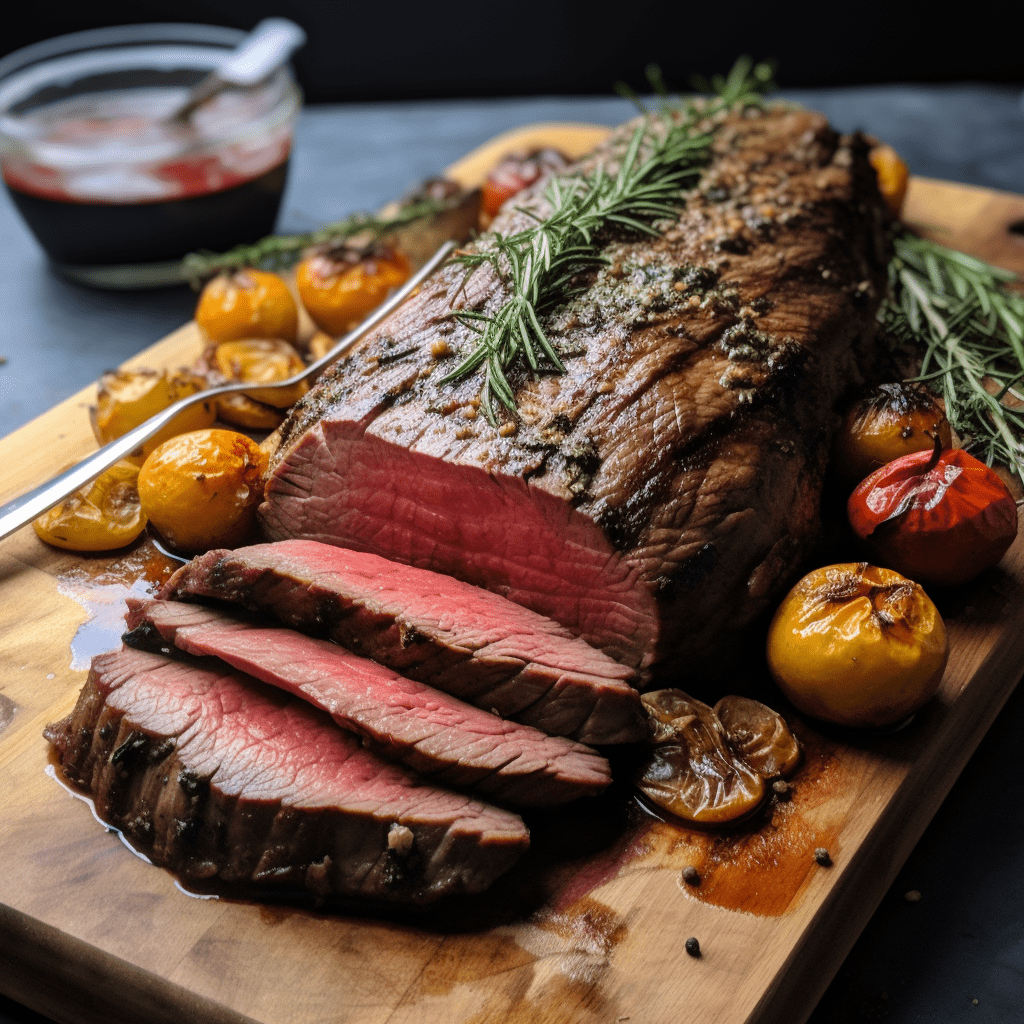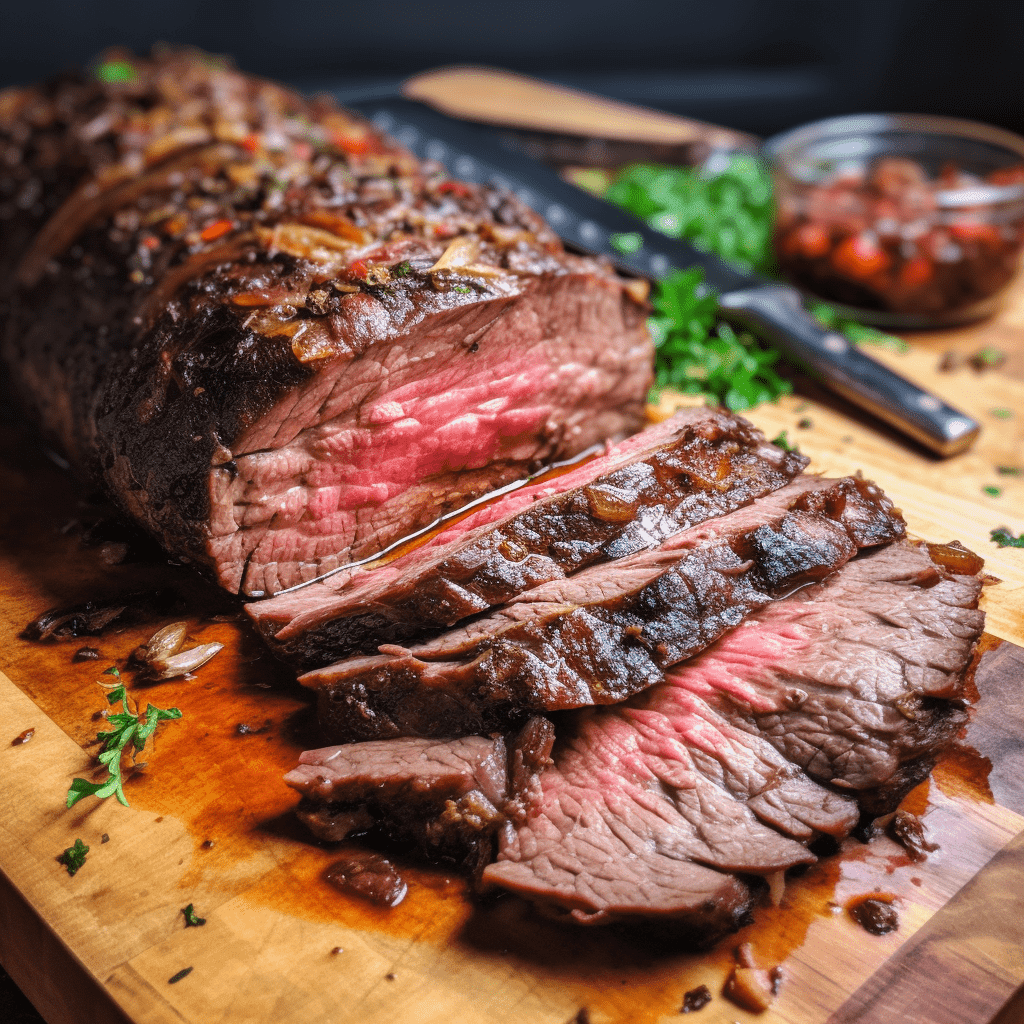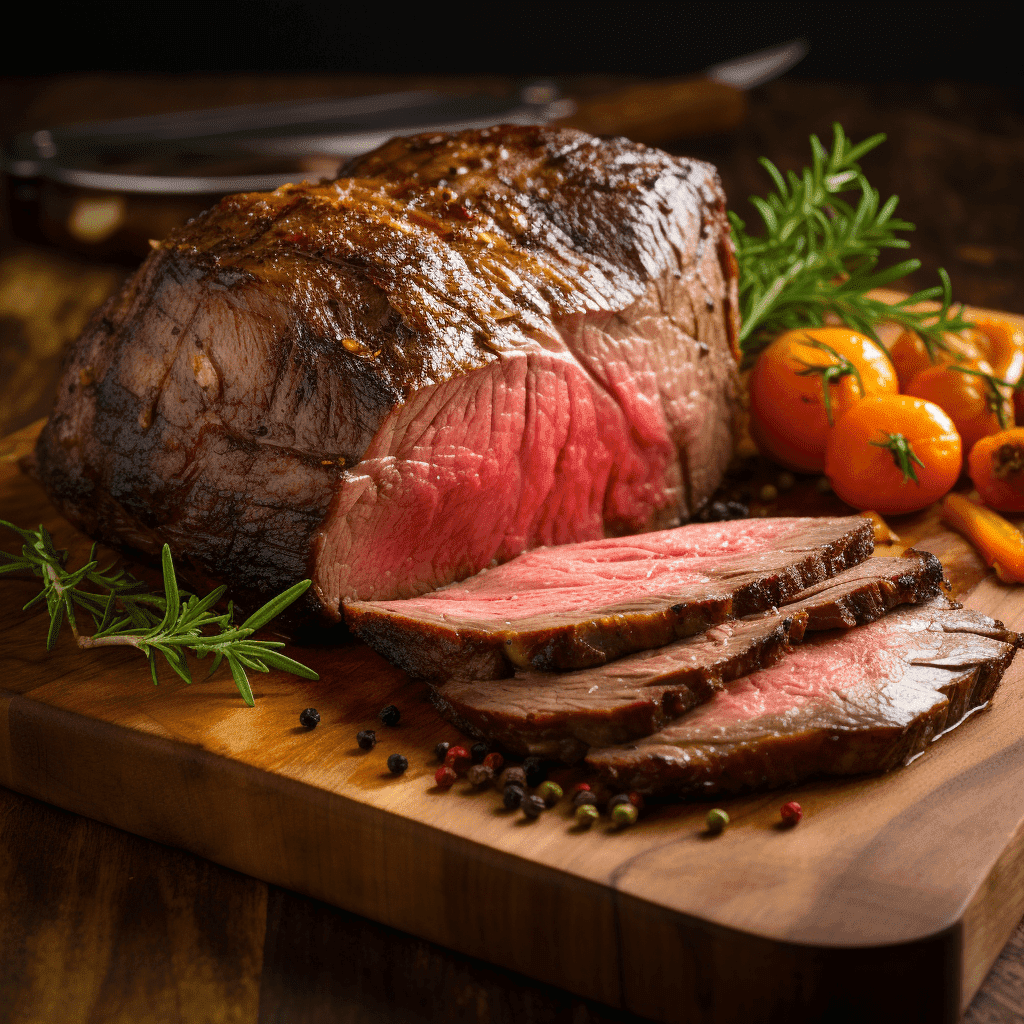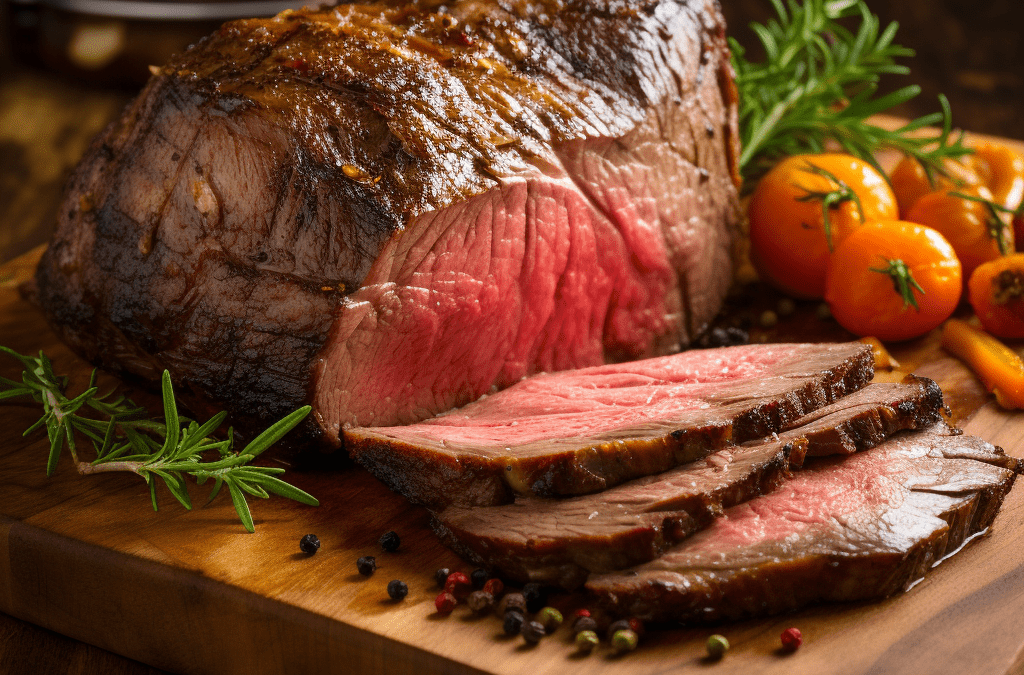As meat lovers, we know that choosing the right cut of beef can make or break your culinary adventures. When it comes to rump roast vs chuck roast, both are superstar options with their own unique flavors and personalities.
Whether you’re planning a cozy family dinner or a special gathering with friends, understanding the differences between these cuts and how to prepare them can take your cooking to a whole new level of deliciousness.
Let’s dive into the juicy details and make your next meal unforgettable!
Table of Contents
Rump chuck vs chuck roast: Differences and Best Ways to Cook
- What is rump roast and chuck roast
- What are the Best ways to cook a rump roast
- What are the Best ways to cook a chuck roast
- What to consider when cooking rump roast and chuck roast
- Conclusion
- FAQs
What is Rump Roast and Chuck Roast
Rump roast is sourced from the round primal cut located in the cow’s hindquarters. This cut is known for its lean muscle and firm texture, making it a favorite for those who prefer a less fatty option without sacrificing flavor. Rump roast boasts a robust beefy taste that shines through when prepared with slow cooking methods like pot roasting or braising.
In contrast, the chuck roast comes from the shoulder area of the cow and is celebrated for its rich marbling and connective tissue. This intramuscular fat not only enhances the flavor but also contributes to its tender, juicy texture when cooked low and slow. Chuck roast is often hailed for its versatility and ability to transform into a melt-in-your-mouth masterpiece through methods such as roasting or braising.

What are the Best Ways to Cook Rump Roast
When it comes to rump roast, its lean nature benefits from careful cooking methods that preserve moisture and enhance tenderness:
1. Slow Cooker Pot Roast
Prepare a comforting pot roast by searing the rump roast to lock in juices, then placing it in a slow cooker with root vegetables, broth, and herbs. Cooking on low heat for several hours allows the flavors to meld, resulting in a succulent dish that’s perfect for a hearty family meal.
2. Simple Rub and Slow Roasting
For a straightforward yet delicious preparation, apply a simple rub of salt, pepper, and garlic to the rump roast before slow roasting in the oven. Cooking at a lower temperature over a longer period ensures the meat remains tender and juicy, reaching the ideal internal temperature for your desired doneness.
What are the Best Ways to Cook Chuck Roast
Chuck roast’s higher fat content and marbling lend themselves beautifully to slow cooking methods that break down tough fibers and create a luscious dining experience:
1. Braising for Tender Perfection
Begin by searing the chuck roast to develop a flavorful crust, then transfer it to a Dutch oven with aromatic vegetables, red wine, and beef broth. Braising at a low temperature for several hours allows the connective tissue to dissolve gradually, resulting in a fork-tender roast that’s infused with rich, savory flavors.
2. Slow Cooker Convenience
Harness the convenience of a slow cooker by adding chuck roast, potatoes, carrots, and onions with beef broth. Cooking on low heat throughout the day transforms tough cuts into a tender delight, perfect for serving up a hearty meal with minimal effort.

What to Consider When Cooking Rump Roast and Chuck Roast
Connective Tissue and Cooking Time
Chuck roast’s abundant connective tissue requires longer cooking times to achieve optimal tenderness. Low and slow methods such as braising or slow roasting are ideal for breaking down these fibers and ensuring a melt-in-your-mouth texture. Rump roast, however, doesn’t need specific slower methods.
Internal Temperature Guidelines
When cooking both rump roast and chuck roast, it’s essential to monitor the internal temperature for desired doneness. Aim for 145°F for medium-rare and up to 160°F for medium, ensuring safe and flavorful results that satisfy your culinary preferences.
Slicing Techniques for Presentation
To maximize tenderness and enhance presentation, slice rump roast, and chuck roast thinly against the grain. This technique helps to shorten muscle fibers, resulting in a more tender and enjoyable dining experience.
Choosing the Perfect Cut of Meat
When selecting between rump roast and chuck roast, consider the cooking method and desired outcome for your dish. Rump roast offers a leaner option with a firm texture and robust flavor, ideal for those seeking a hearty yet healthier meal.
Chuck roast, with its well-marbled composition and tenderizing connective tissue, promises a rich, indulgent experience that’s perfect for slow-cooked comfort foods.

Conclusion
At We Speak Meat, we take pride in offering premium cuts of beef that inspire culinary creativity and delight. Whether you’re preparing a savory pot roast for a weeknight dinner or slow-roasting a chuck roast for a special occasion, our selection ensures you’ll achieve exceptional results with every dish.
Visit our store to explore our range of rump roast and chuck roast, and let us help you boost your cooking to new heights with quality meats that make every meal memorable.
By getting to know the differences and best cooking methods for rump roast and chuck roast, you’ll open up a whole new world of delicious possibilities in your kitchen. Enjoy slow cooking, unique flavors, and textures, these cuts have to offer. Happy cooking!
FAQs
- What are the main differences between rump roast and chuck roast?
Rump roast comes from the hindquarters of the cow and is known for its leanness and firm texture, while chuck roast comes from the shoulder and offers more marbling and tenderness.
- How should I cook rump roast vs chuck roast?
Rump roast benefits from slow cooking methods like roasting or braising to tenderize its lean meat. Chuck roast is versatile and can be slow-cooked, braised, or even used for pot roasts due to its marbling.
- Which roast is better for pot roast?
Chuck roast is ideal for pot roast due to its marbling and connective tissue, which break down during slow cooking, resulting in a tender and flavorful dish.
- Can rump roast be used for dishes other than roasting?
Yes, rump roast can also be sliced thinly for sandwiches or stir-fries if cooked to medium-rare doneness, though it’s less forgiving than chuck roast in terms of tenderness.
- How do I ensure tenderness when cooking these roasts?
For both cuts, low and slow cooking methods such as braising or using a slow cooker are best to break down tough fibers and ensure a tender result.
Buy Beef Roast online right now in USA →

About Christo Barnhoorn
Christo Barnhoorn, a seventh-generation rancher, carries a legacy of tradition and ambition from his upbringing on a South African sheep farm. Immersed in the practices of sheep farming, he developed a deep understanding of the industry. With a desire to expand his horizons, Christo moved to the United States and established his own ranch in New Mexico. There, he successfully combined his traditional knowledge with innovative practices, transforming his venture into a flourishing online meat retailer.
Related Articles
How to Cook a Striploin Steak | Our Easy 3 Step Guide + Tips
How to Cook a Rump Roast – The Best Recipe Ever


